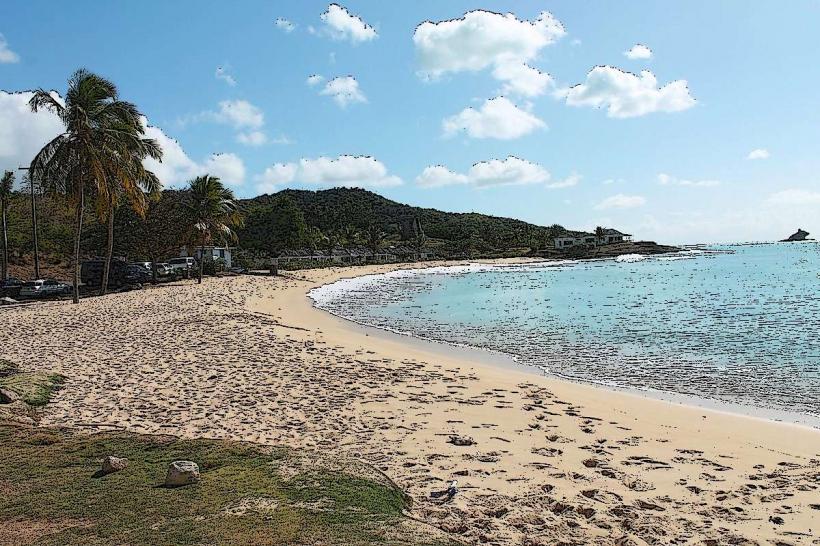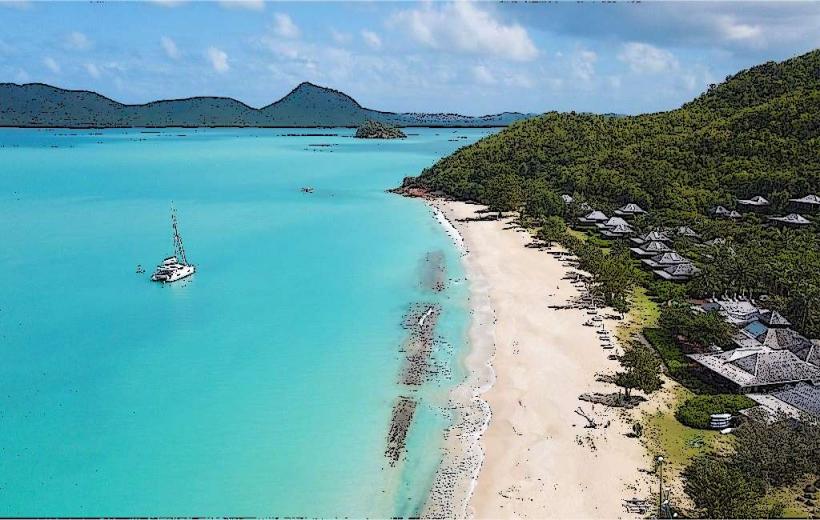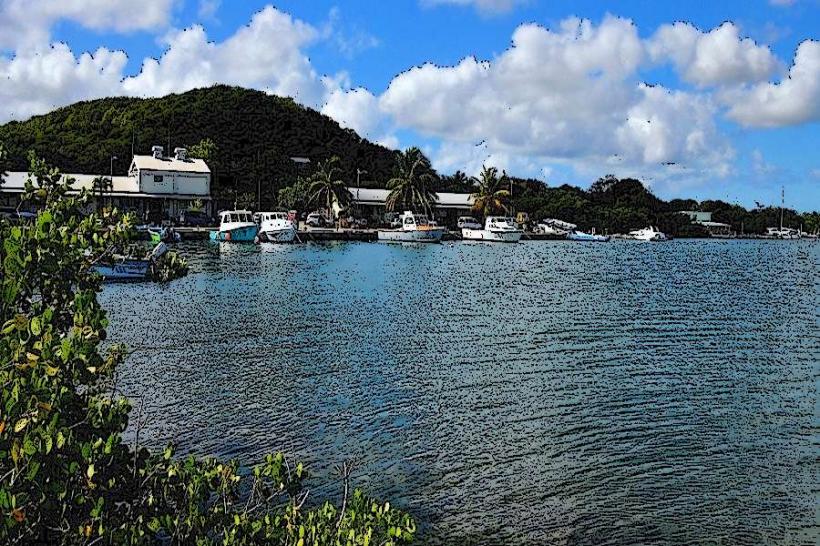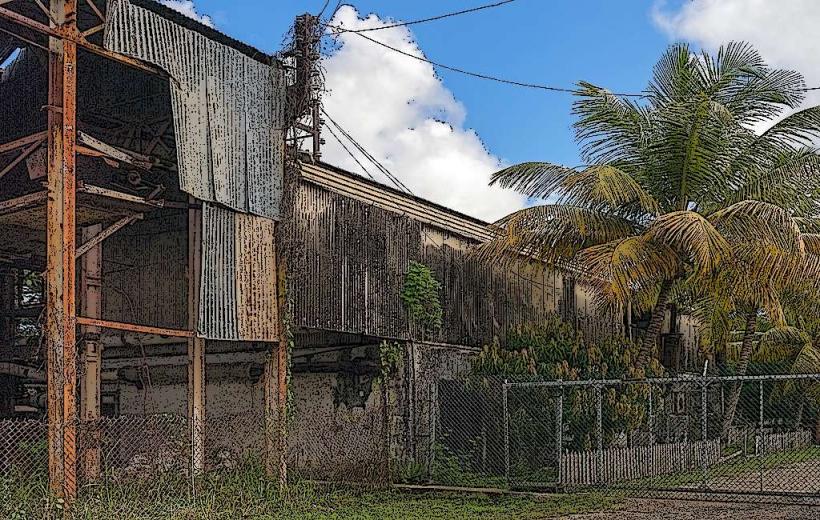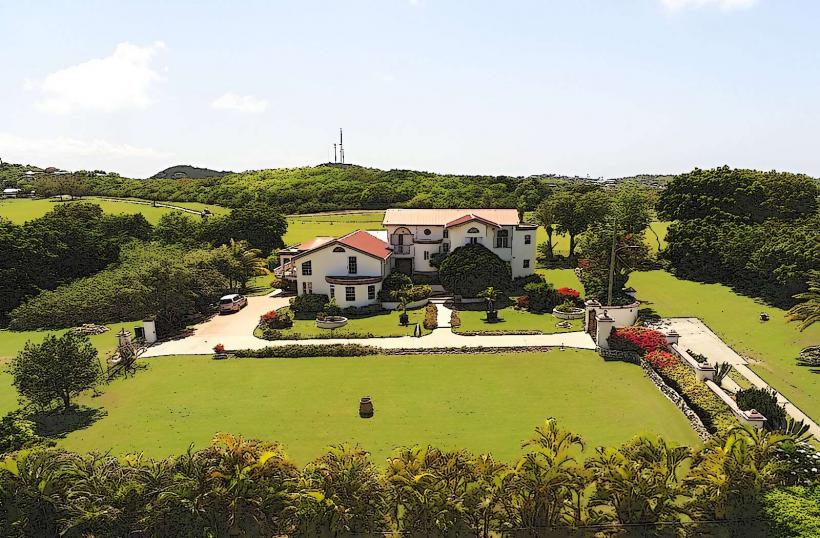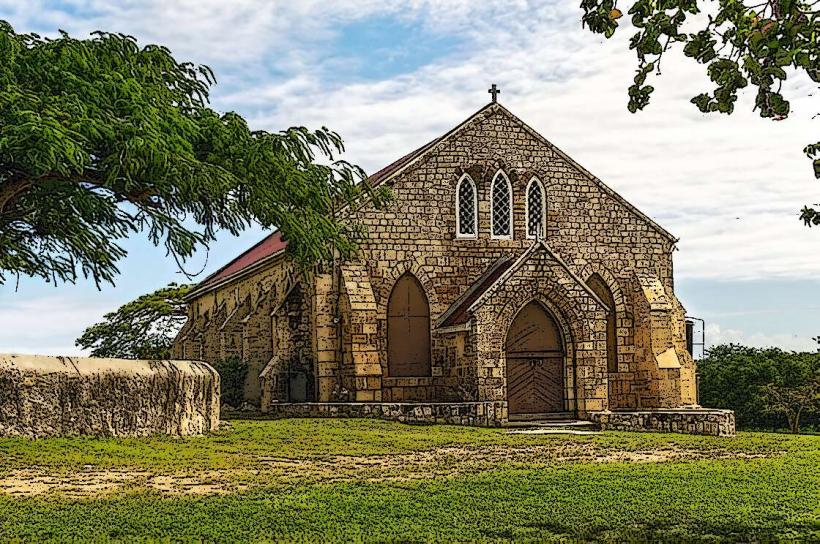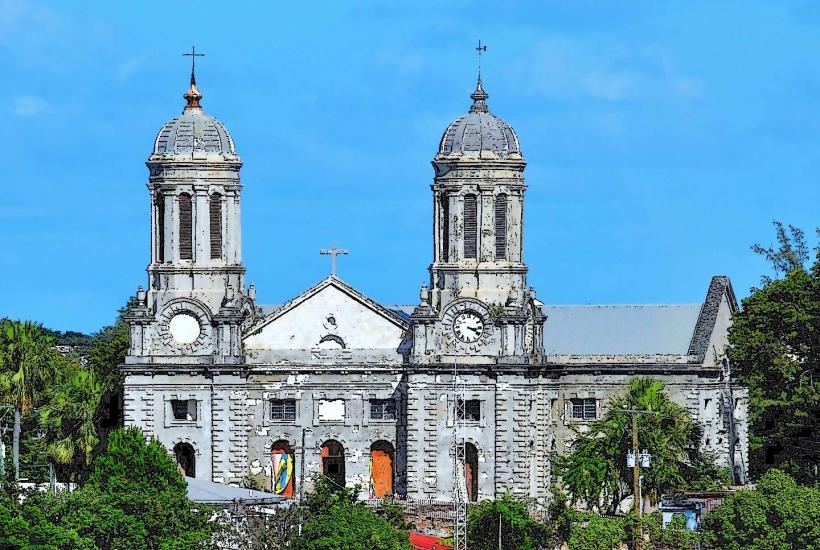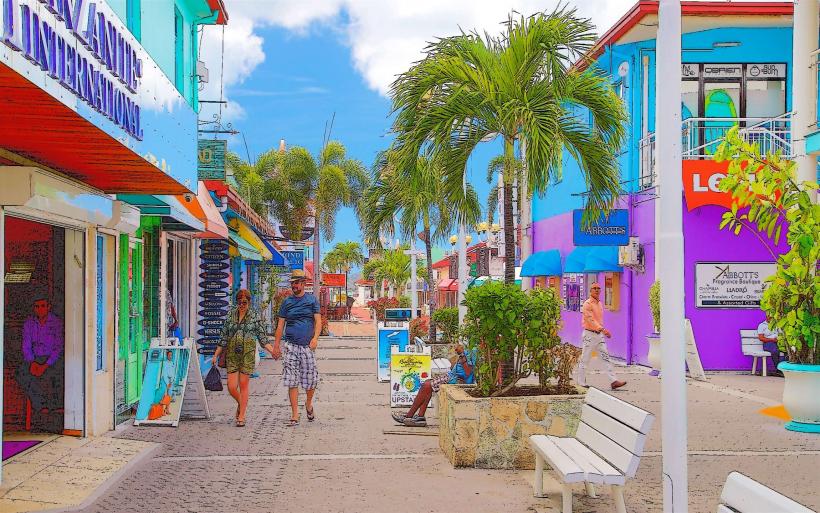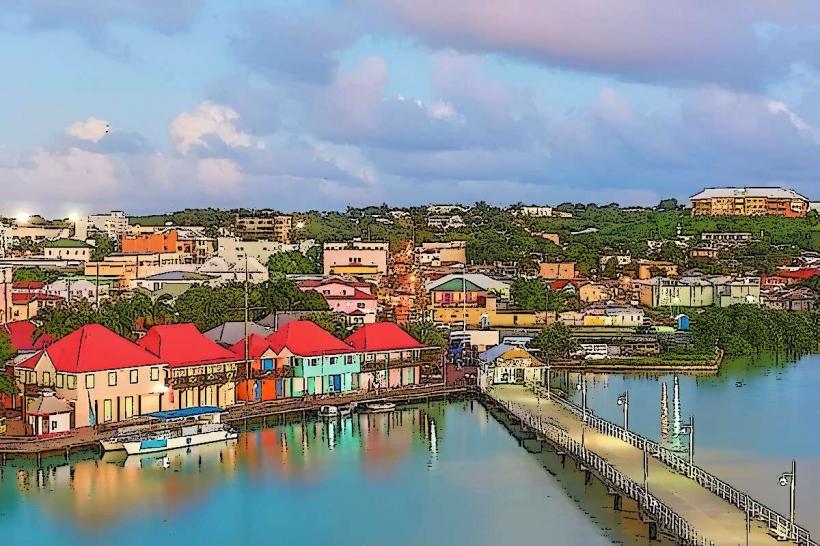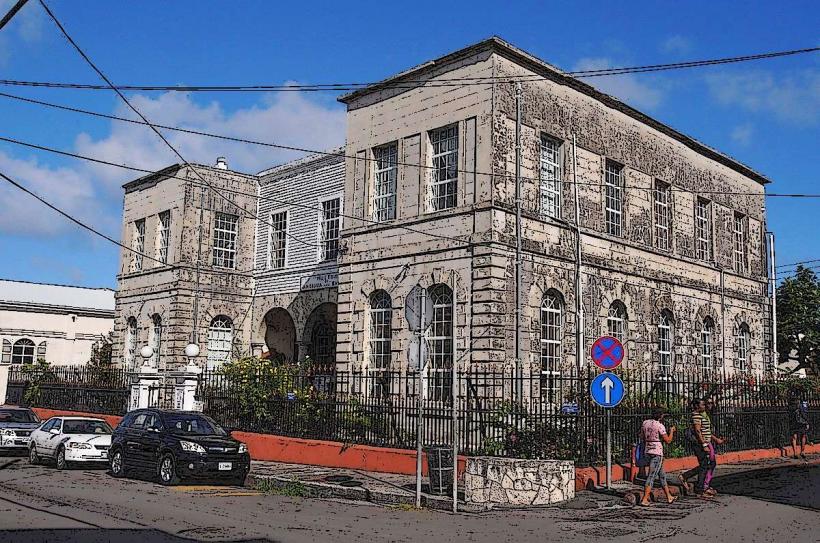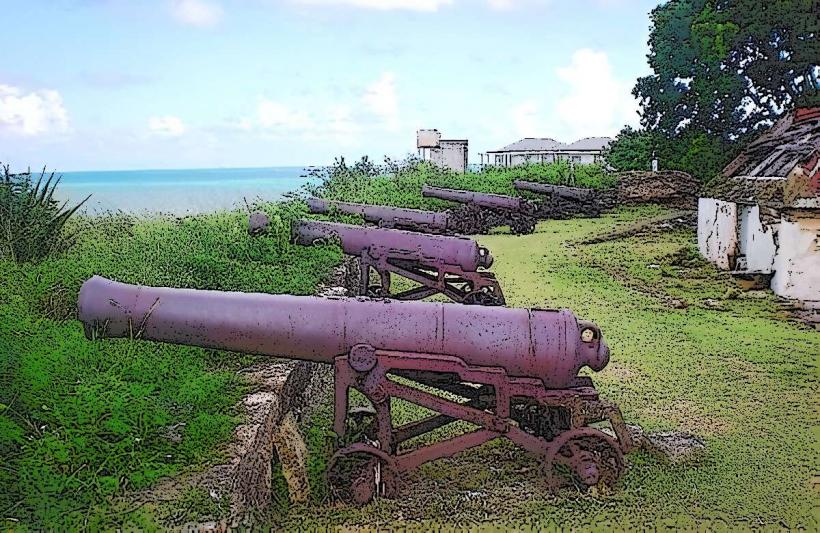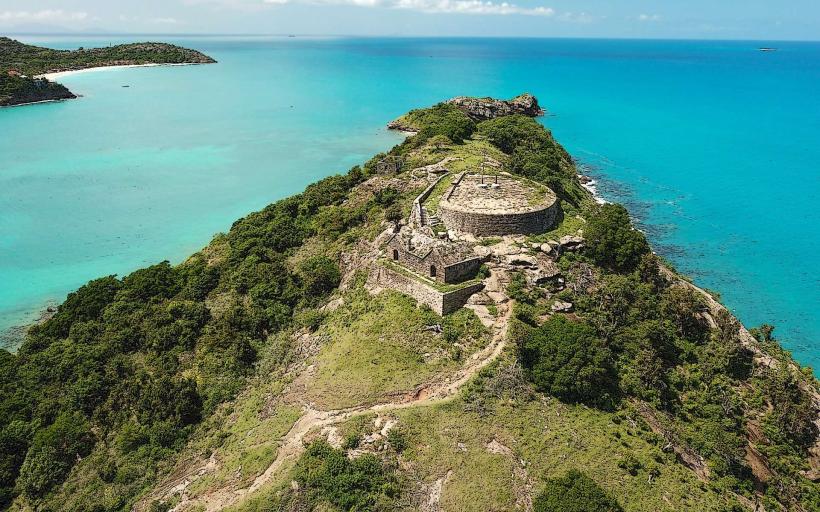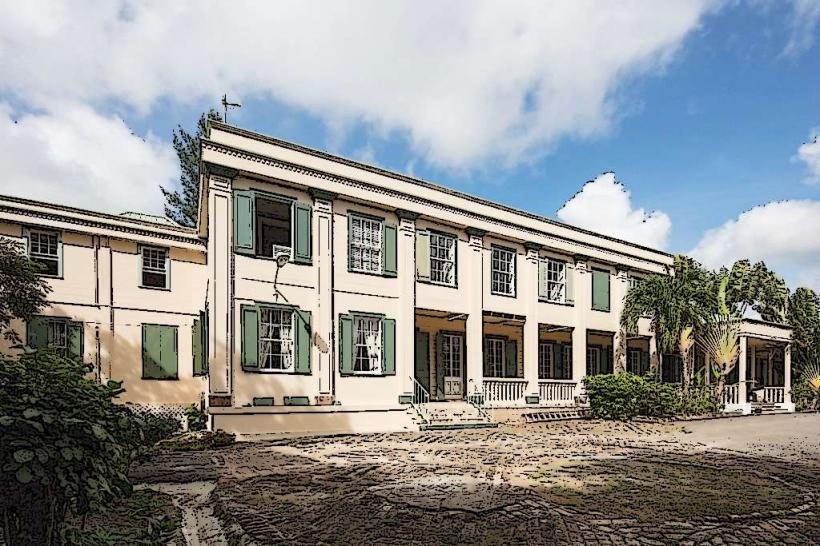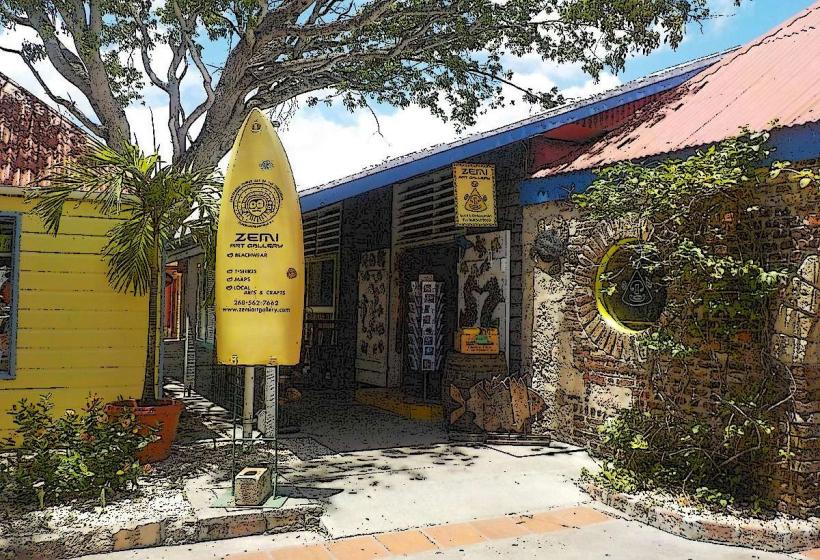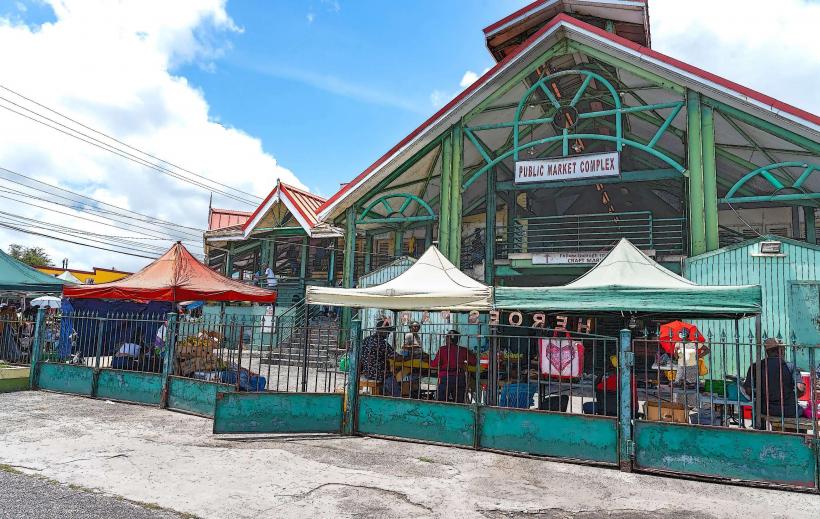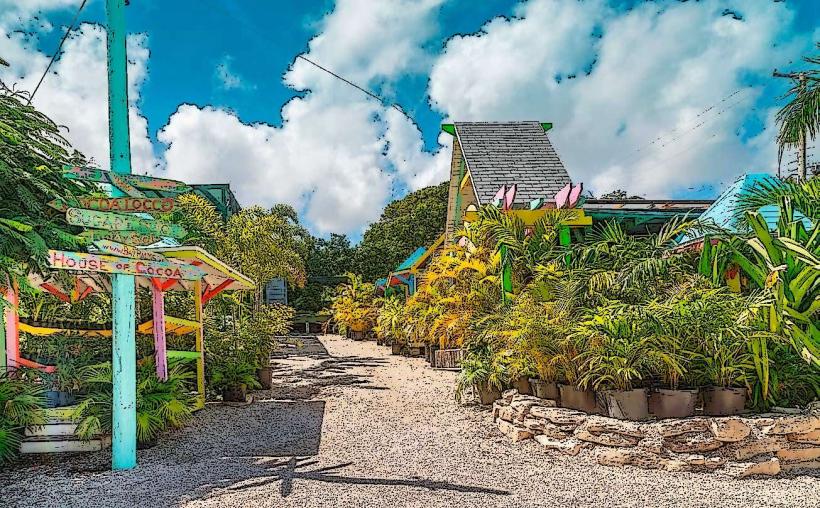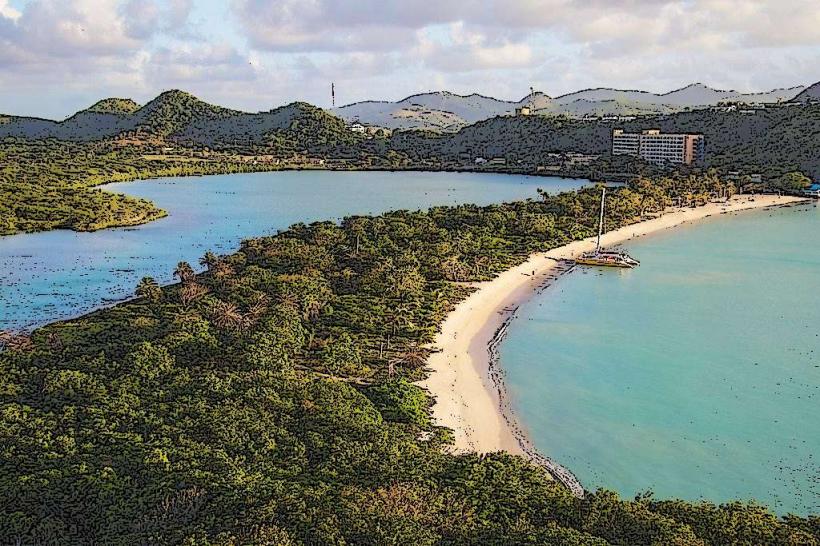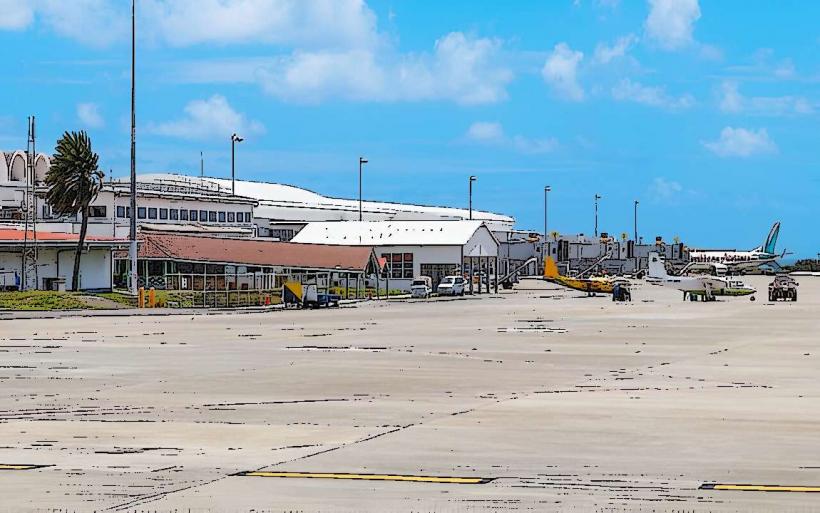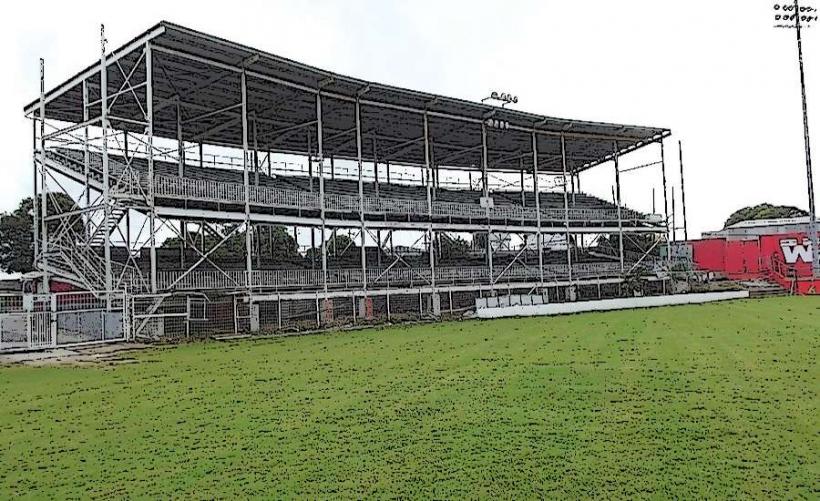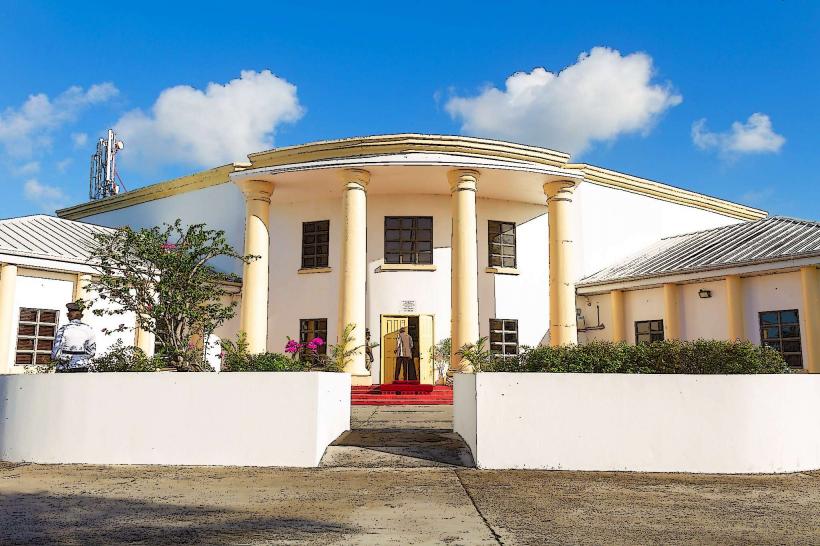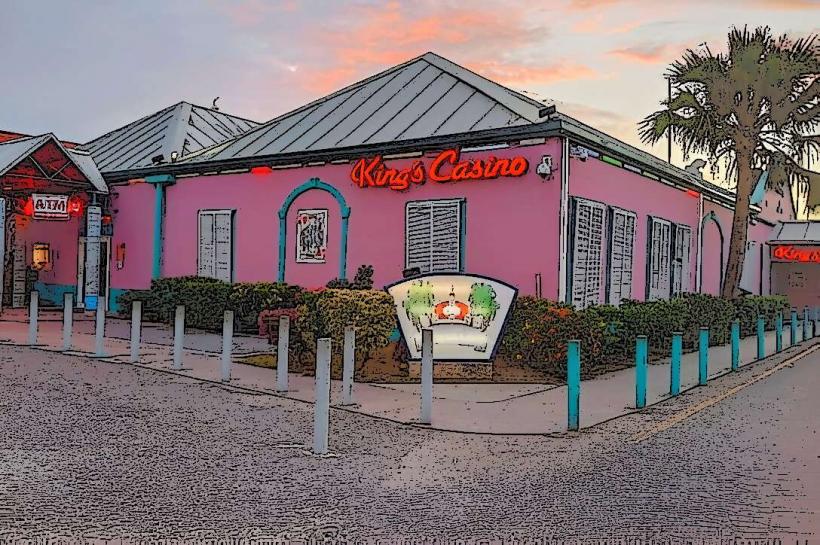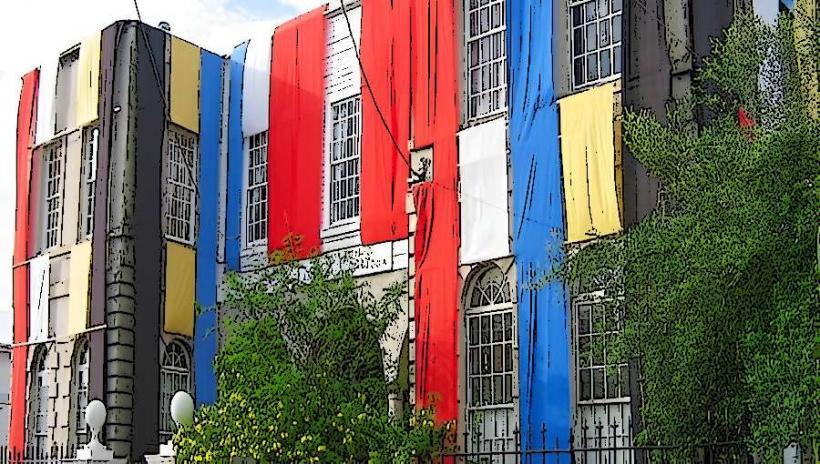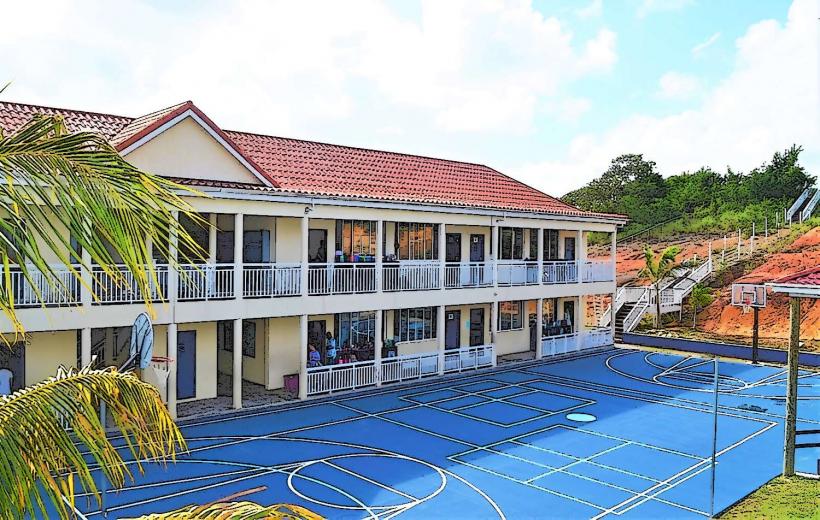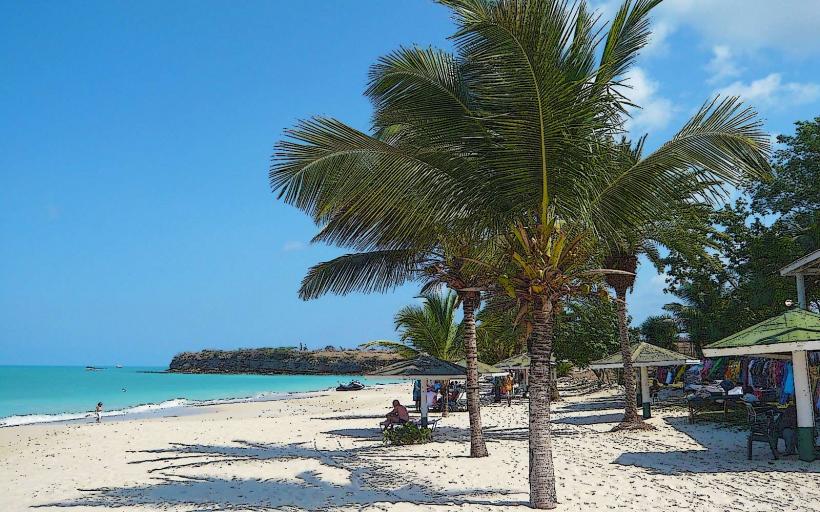Information
City: St JohnsCountry: Antigua and Barbuda
Continent: North America
St. John’s, the capital of Antigua and Barbuda, is the country's primary urban center, economic hub, and one of the Caribbean's most vibrant cities. Known for its colonial charm, bustling markets, and rich cultural heritage, St. John’s blends history and modernity in a picturesque setting.
Geography and Layout
- Location: Situated on the northwest coast of Antigua, overlooking a natural harbor.
- Topography: The city is relatively flat, with a few small hills in the surrounding area. The harbor provides a scenic backdrop and serves as a focal point for commerce and tourism.
- Size: Although compact, St. John’s is the largest city in Antigua and serves as the island's administrative and commercial heart.
Historical Significance
- Founding: St. John’s was established as the island's main settlement during British colonial rule in the 17th century.
- Colonial Legacy: The city retains several historic buildings, many of which showcase Georgian architecture. Its history is tied closely to Antigua’s sugar industry and the transatlantic slave trade.
- Modern Development: St. John’s has grown into a bustling city while preserving its historical landmarks and cultural identity.
Economy
- Commercial Hub: St. John’s hosts most of Antigua’s businesses, banks, and government offices.
- Tourism: A significant portion of the city’s economy relies on cruise ship visitors who dock at the harbor and explore its markets, museums, and historical sites.
- Retail: The city is known for its vibrant shopping districts, including:
- Heritage Quay: A duty-free shopping area offering luxury goods, jewelry, and souvenirs.
- Redcliffe Quay: A charming waterfront district with boutique shops and restaurants.
- Local Markets: The Public Market Complex is a lively area where locals sell fresh produce, spices, and handmade crafts.
Cultural Attractions
- St. John’s Cathedral: A prominent Anglican church with baroque architecture, built in the 19th century. Its twin towers are a city landmark.
- Museum of Antigua and Barbuda: Located in a former courthouse, this museum showcases artifacts from the island’s Arawak and colonial past.
- Zemi Art Gallery: Features local art, sculptures, and crafts.
- Public Art: The city has murals and sculptures that celebrate its history and cultural identity.
Lifestyle and Community
- Population: Around 22,000 residents, making it the most populous city in Antigua and Barbuda.
- Language: English is the official language, and Antiguan Creole is widely spoken.
- Religion: Predominantly Christian, with Anglicanism being the largest denomination.
- Festivals: St. John’s is a central venue for Carnival, a colorful celebration featuring parades, music, and dancing.
Landmarks and Architecture
- Fort James: An 18th-century British fort overlooking the harbor, offering panoramic views.
- Fort Barrington: Another historic fort located on a hilltop, accessible via hiking trails.
- Government House: The official residence of the Governor-General, reflecting colonial architecture.
- Heritage Buildings: Many of the city’s buildings feature Georgian-style architecture with wooden shutters and verandas.
Transportation
- Cruise Port: St. John’s is a major cruise ship destination, with modern docking facilities.
- Road Network: The city is well-connected by roads, with taxis and buses serving as primary modes of transport.
- Air Connectivity: V.C. Bird International Airport is about 8 km (5 miles) from St. John’s.
Dining and Cuisine
- Local Restaurants: St. John’s offers a variety of dining options, from casual eateries to upscale restaurants. Local specialties include seafood, pepperpot, and fungi.
- Bars and Cafes: The waterfront areas are popular for their lively bars and cafes.
- Street Food: Vendors sell items like saltfish, dumplings, and tropical juices.
Education and Healthcare
- Schools: The city has several primary and secondary schools, as well as higher education institutions like Antigua State College.
- Healthcare: St. John’s is home to the Mount St. John’s Medical Centre, the island’s main hospital.
Natural Features
- Beaches: While St. John’s itself is urban, nearby beaches like Deep Bay and Runaway Bay are easily accessible.
- Harbor Views: The city’s harbor is a picturesque location with clear waters and anchored yachts.
Challenges and Opportunities
- Urban Growth: Like many Caribbean capitals, St. John’s faces challenges related to urbanization and maintaining its historical integrity.
- Tourism Dependency: While tourism drives the economy, diversification efforts are underway to reduce reliance on this sector.
St. John’s offers a blend of history, culture, and modern amenities, making it a vibrant heart of Antigua and Barbuda.

